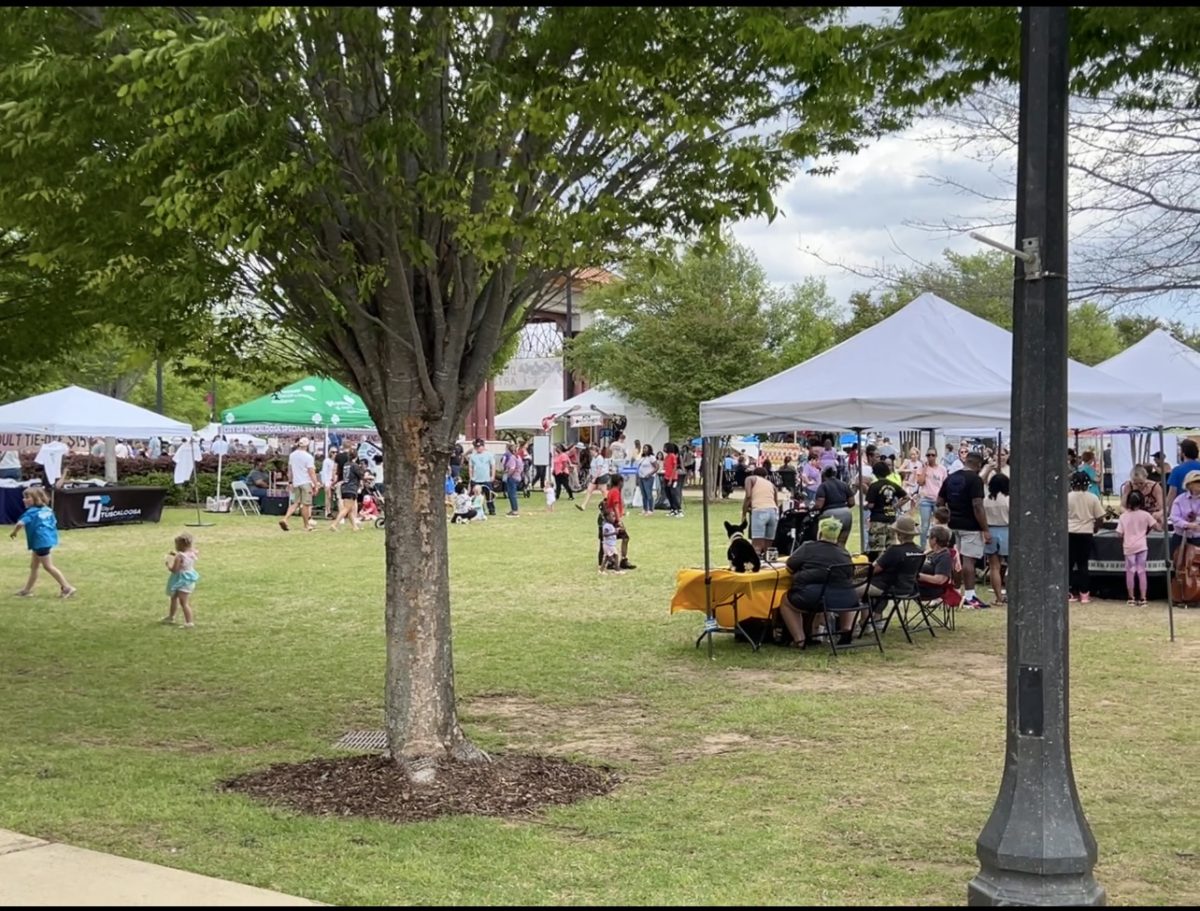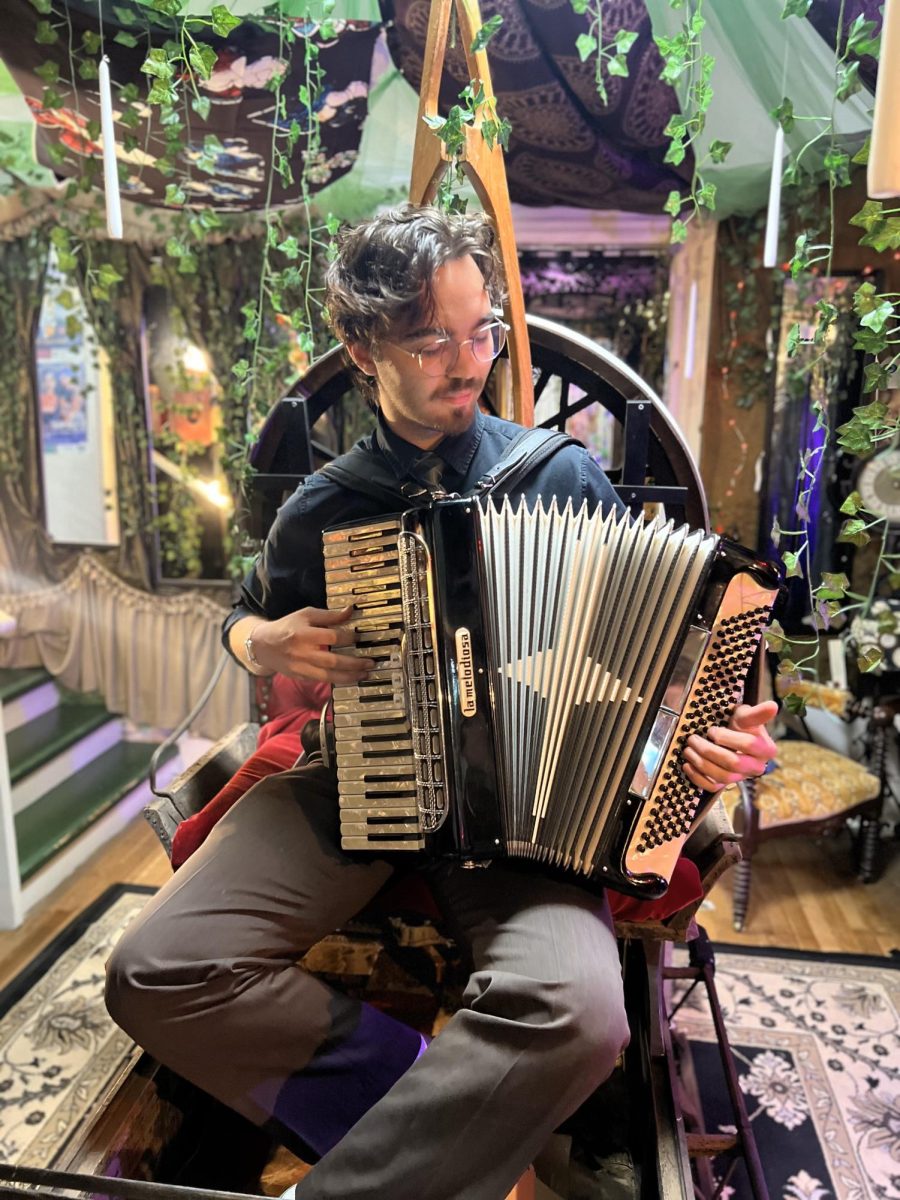Growing up, my dad, like so many dads before, always made a big deal about eating dinner with the whole family. With only four of us in our immediate family, if one person was missing from a meal, their absence was noticeable and the irritation on my dad’s face was even more noticeable.
The concept of meals bringing people together is one that is certainly hard to argue against. In nearly every country, cooking a meal and sharing it with others is a major part of the area’s culture. When people want to celebrate an achievement, they throw a dinner party. When a family is going through a hard time, friends bring them dinner. And let’s not forget that one of America’s favorite holidays is centered solely around eating a huge meal with friends and family.
Outside of sharing meals with those we know, a new trend in dining has recently surfaced that encourages sharing meals with those we don’t know.
The idea is simple – one host, one meal and multiple random diners come together to mingle, discuss, eat and hopefully forge new relationships. On websites such as Feastly and EatWith, participants can search for welcoming hosts based upon location and menu. Hosts post a short description of their home’s location as well as the types of dishes they will serve, and then those interested can make a reservation to be a guest in their home by paying a “suggested donation” price set by the host.
The major goal of Feastly and EatWith is to encourage strangers coming from diverse backgrounds to come together over a meal to build community in a comfortable environment that incites discussion and human connectivity. And these opportunities are not just restricted to the big cities within the U.S. Hosts on EatWith live in more than 30 different countries from Japan to Peru.
In addition to the services provided for those seeking new company through meals, many restaurants have made a push to install communal tables that seat between eight to 15 people rather than the traditional four. Trendy restaurants all over the country have begun offering diners the option to eat at a private table or take a seat at a communal table with other diners.
The first time I experienced the charm of the communal table, I went to Flip Burger Boutique in Birmingham shortly after it opened and found myself faced with the option of either waiting an hour and a half for a booth to open or sitting at the long white communal table that took up the length of the restaurant. I begrudgingly chose to sit at the communal table.
At first I was intimidated. The restaurant was buzzing with conversation, and I found myself silently staring at the other diners cheerfully chattering with their neighbors as if they had known them their entire lives. However, as the evening went on I met three of my fellow communal table diners, who ranged in age from early 20s to late 50s, and soon I found myself discussing the pros and cons of eating spicy foods with them.
Other restaurants such as Miss Mary BoBo’s in Lynchburg, Tenn., offer strictly communal dining by making it play into their interpretation of a Southern dining experience, where meals are served family style, meaning everyone seated at the table is treated like family.
In fall 2012, The University of Alabama jumped on board with the founding of the Dinner with Strangers program that brings together students and prominent community members to engage in casual yet meaningful conversation through the universal act of sharing a meal.
Sure, it may seem a little uncomfortable, or dare I say awkward, to sit down to a meal with a person you’ve never met, but in most cases the food acts as a buffer between you and your fellow diner, and ultimately you might find that you have more in common than just the food on your plates.








